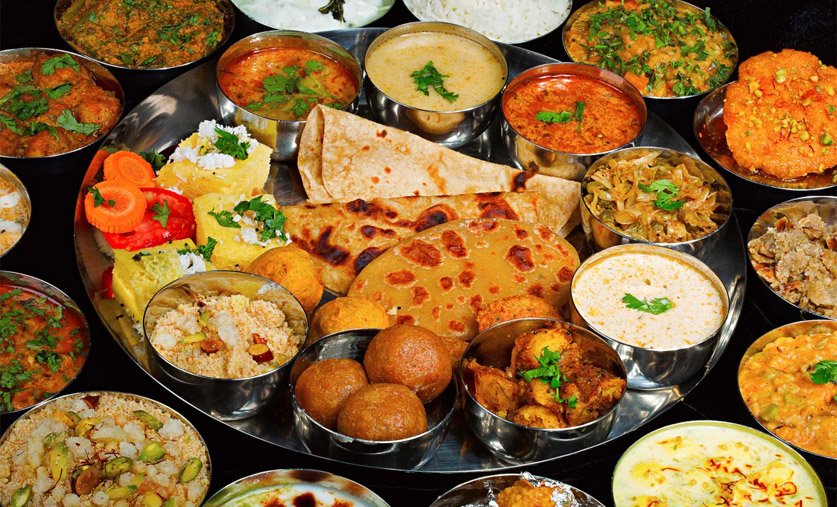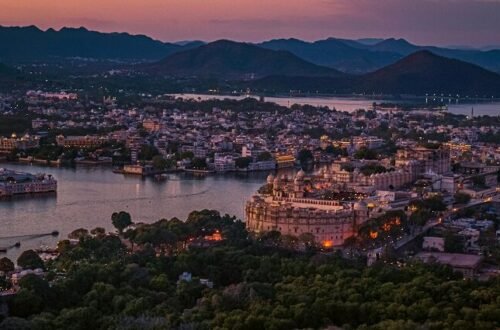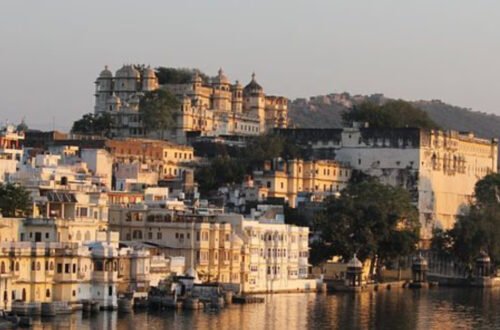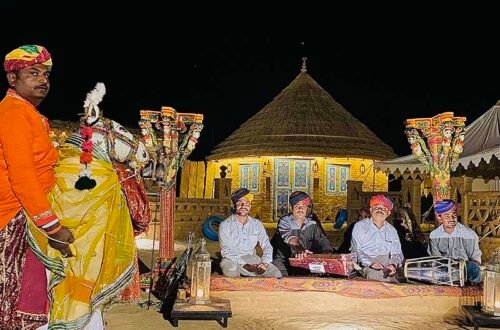Delhi is a city layered with centuries of culture, and nowhere is this more evident than in its food. Among the countless culinary treasures the capital offers, few places are as iconic as Paranthe Wali Gali in Old Delhi. Tucked within the bustling lanes of Chandni Chowk, this narrow street is more than just a food destination—it’s a piece of living history where taste meets tradition. A visit here is not merely a meal; it’s a cultural immersion into one of India’s most celebrated street food experiences. If you’re planning a delhi food walk tour, this legendary lane deserves a top spot on your itinerary.
A Glimpse into the Past: The Origin of Paranthe Wali Gali
The story of Paranthe Wali Gali dates back to the late 19th century. Originally, it was just another bylane in Old Delhi, but by the 1870s, it had begun to gain fame as a street devoted exclusively to paratha makers. Many of the shops have been handed down across generations and still carry the name of their founding families. These establishments remain committed to recipes that have stood the test of time, serving patrons with the same authenticity that once attracted Mughal royals and political leaders alike.
What makes Paranthe Wali Gali special isn’t just its age—it’s the flavor of nostalgia. Here, each paratha is made by hand, deep-fried in desi ghee, and served with a variety of accompaniments like tangy pickles, spicy potato curry, and refreshing banana chutney. The method remains largely untouched by modern machinery, preserving a culinary practice that dates back over a century.
What Makes These Parathas Unique?
Parathas, as a dish, are popular throughout North India, but what’s served here goes beyond the ordinary. Unlike the stuffed or plain parathas you might find in a typical household, the offerings in Paranthe Wali Gali Old Delhi are imaginative and diverse. From rabri paratha to lemon, bitter gourd, cashew, and even banana fillings, the variety is astonishing. Each type offers a unique texture and taste, blending sweet, salty, or tangy in unexpected ways.
The parathas are fried, not on a tawa, but in shallow pans filled with clarified butter, giving them a crispier edge and deeper flavor. This style, though heavier than modern versions, is part of what makes this food trail iconic. It’s not just about taste; it’s about technique, heritage, and bold, unapologetic indulgence.
Experiencing the Gali: What to Expect
A walk through Paranthe Wali Gali is a sensory overload in the best possible way. The narrow passage is crowded with shops, hawkers, tourists, and locals—all drawn in by the smell of ghee and sizzling dough. You’ll see servers balancing plates over teeming crowds, waiters calling out orders, and giant pans bubbling with hot oil.
Seating is tight, often shared, and service is brisk. But that’s part of the charm. You’re not here for fine dining; you’re here for an authentic Old Delhi experience. It’s common to spot food bloggers, photographers, and even chefs capturing the magic of this historic eatery.
Despite its popularity, the Gali has remained true to its roots. Many of the shops, though updated to meet hygiene standards, retain their old-time aesthetics. The walls are lined with vintage photos, awards, and newspaper clippings—testimonies to their enduring legacy.
Why Rasrover Recommends It
Rasrover has always focused on connecting travelers with authentic, ground-level food experiences. In Delhi, that means not just eating well, but understanding what you’re eating and why it matters. Paranthe Wali Gali is the perfect example of culinary heritage, offering not just delicious food, but a lens into India’s rich past.
What sets this destination apart is how much history is baked into every bite. Whether you’re a foodie, a historian, or a curious traveler, there’s something incredibly immersive about sitting down for a meal that has been served the same way for more than 100 years. It’s this level of authenticity that makes it a Rasrover favorite and a crucial stop for any true food explorer.
Tips for Your Visit
- Go early: The shops open around 9 a.m., and the crowds peak during lunch hours. For a quieter experience, aim for mid-morning.
- Cash is still king: While some shops accept digital payments, many prefer cash.
- Ask about history: Don’t hesitate to speak to the owners or staff. Many are more than happy to share the story behind their dishes.
- Be adventurous: Try the lesser-known fillings. The oddest-sounding parathas often surprise you.
- Pair it with lassi: A sweet, chilled lassi is the ideal drink to complement your meal and cut through the richness.
Where to Head Next
After your feast at Paranthe Wali Gali, Old Delhi has much more to offer. From the nearby Red Fort to the vibrant lanes of Kinari Bazaar, there’s enough to explore for hours. But if you’re a culinary traveler, the journey doesn’t end here. Delhi is filled with other food trails that celebrate its diverse flavors and communities.
For a broader taste of the capital’s culinary culture, don’t miss Rasrover’s comprehensive guide to the Best Street Food in Delhi. It expands beyond Old Delhi into regions like Lajpat Nagar, CR Park, and Kamla Nagar—each known for their signature dishes and loyal following.
Final Thoughts
A visit to Paranthe Wali Gali is more than a meal—it’s an encounter with Delhi’s gastronomic soul. It’s about savoring heritage, embracing spice, and celebrating street food at its finest. While trends in global dining continue to evolve, places like these remain sacred, preserving a flavor of the past that is increasingly rare.
So, next time you’re navigating the flavors of the capital, don’t just look for the new—discover the timeless. Let your tastebuds walk the streets of history, one paratha at a time.





